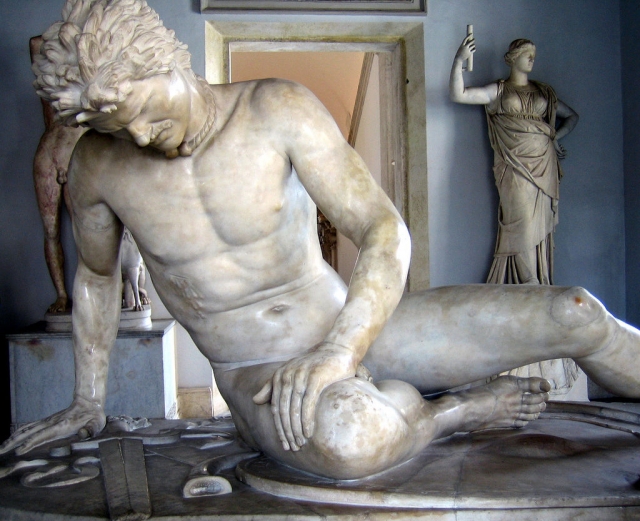Reading Sources Using Textbreaker
Primary History article

Theory into practice. The end of Roman Britain: A picture and a difficult and challenging text
Please note: this article pre-dates the 2014 National Curriculum and some content may be outdated.
Pages 8-9 detail how functional literacy's concept of genre resulted in the creation of Textbreaker to empower pupils to ‘read' all historical sources, but especially those previously thought too hard for them to tackle. Below is an account of how we used Textbreaker, pp. 8-9, to enable two mixed ability Year 3 classes to tackle an Anglo-Saxon poem, The Ruin. The poem was an element in a scheme of work whose pedagogy had three distinguishing features:
1. Active whole class teaching that treats learning as being as much a social phenomenon as an individual one. AWCT is teacher-led and directed, involving individual, pair, small group, large group and whole class interaction to achieve common goals.
2. Teaching activities that actively involve pupils working in different modes and transforming information from one mode to another: the oral and aural [oracy]: visual/iconic, enactive [drama/role play] and the symbolic [reading text]
3. Working within the Nuffield Primary History model and its seven principles, the first of which is to challenge pupils continually, i.e. to force them to think, to develop high level thinking and study skills.
Textbreaker enabled us to prepare the poem so that the pupils could develop their understanding from six perspectives...
This resource is FREE for Primary HA Members.
Non HA Members can get instant access for £2.75

